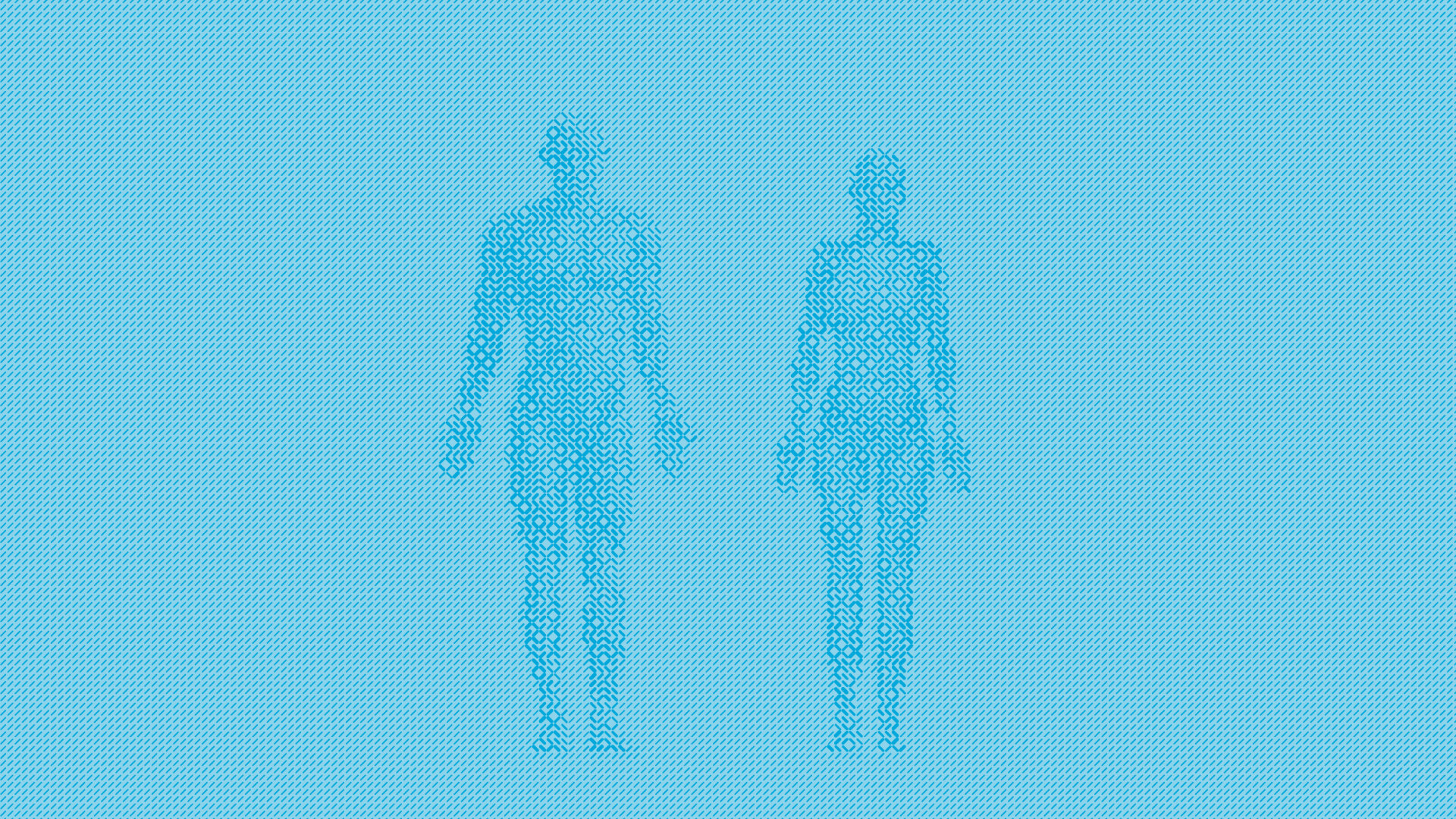STARTUP
Emulate, Inc.
PARTNERS
Harvard University
Wyss Institute for Biologically Inspired Engineering
DARPA
U.S. Food & Drug Administration (FDA)
PROJECT TYPE
Technology Translation
Purpose + Identity
Strategic Vision
Strategy + Funding + Roadmaps
Culture + Workplace Design
Product R&D
Ecosystem + Adoption
Brand + Communications
LOCATION
Boston, MA
SECTOR
Academia
Healthcare
Technology
Government
Creating the Purpose and Identity for a new Technology Platform & Organization
Mission, Naming, Narrative, Design Language, and Guidelines
Organs-on-Chips is a radical new technology that recreates living human biology, outside of the body. Invented at Harvard University’s Wyss Institute for Biologically Inspired Engineering, it’s designed to replace animal testing in scientific research with a human-centric platform to improve healthcare.
Lewis worked with the technology’s founding scientific & engineering team at Harvard University to spin-out the technology into a commercial organization - this study takes a very high-level look at the broad portfolio of work to create a purpose and identity for the new organization and platform.
As the technology was so different to anything that existed, we needed to invent it’s own market category. There was no comparable. Recreating living human biology outside of the body didn’t have playbook to follow. There was no existing way to describe the technology either. So Lewis’ first phase of thought was to establish what the technology actually does. Was it human simulation, replication, imitation, or synthetic biology? With the scientific founder, Dr. Donald Ingber, we established that technically, the output was ‘emulation’. This term would be the catalyst for all work to follow, including naming the company - Emulate, Inc. - and naming the platform to become a ‘Human Emulation System’.
Lewis established a foundational purpose and mission that the team ‘were creating a living platform that emulates human biology’ - and that their work on this open system could be applied for enabling advances in patient care across the health ecosystem ‘to understand how diseases, drugs, chemicals, and food affect human health’.
To introduce such a broad concept and mission, Lewis worked to formulate a cohesive positioning, narrative, terminology guide, and tone for this new radical technology. The above film produced by Lewis captures the founders discussing the strategic vision.
The design language for Emulate’s identity is inspired by the underpinnings of the technology itself. Essentially, human biology is reconstructed cell by cell, organ by organ, inside the living chips. This ‘lego building’ approach to reconstituting complex biology is visual language’s analogy - we used the core components of the chip’s architecture as the basis to construct the brand’s key visual elements.
Moving beyond the organization’s core identity, Lewis oversaw creation of the platform’s brand identity and product development. His work fostered a design language and identity system that sought to humanize the technology at every touchpoint so it is approachable, but with a futuristic Sci-Fi twist.
The manifestation of Emulate’s identity spanned many touch-points, from internal engagement, to digital channels, to external communications across the healthcare ecosystem. Comprehensive guidelines were created to enable internal teams and agencies working with the Emulate brand. A sample of the brand applications designed by Lewis and his teams are shown in the gallery below.
































